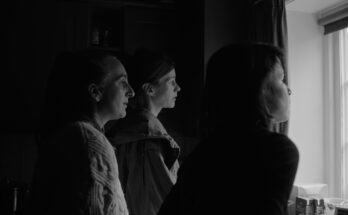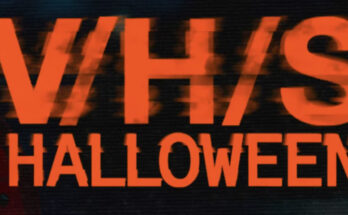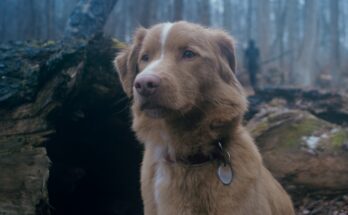Want to hear more from the actors and creators of your favorite shows and films? Subscribe to The Cinema Spot on YouTube for all of our upcoming interviews!
The ninth short film that I got to see at this year’s Tribeca Film Festival—and the ninth overall film that I will be covering—is darkly comic and trippy. /HAAW/ is a too-good-to-be-true semi-perfect anxiety-inducing science-fiction horror comedy short revolving around language barriers and differences. Here, viewers are reminded that there is meaning in verbal communication, especially due to inflection and tone. If anything can be taken away from this short, then it’s that /HAAW/ is perhaps the weirdest moving image of a white-passing foreign family since Steve Barron, Tom Davis, Dan Akyroyd, and Bonnie and Terry Turner’s Coneheads.
/HAAW/ is written and directed by Joey Scoma.
In this review, I will discuss /HAAW/. As this article’s title suggests, no spoilers will be present.
Joey Scoma’s /HAAW/ Logline
According to Joey Scoma, here is the official logline for his science-fiction horror comedy Tribeca short film, /HAAW/.
A typical day at a ski resort takes a bizarre turn when a xenophobic guest shares a gondola with an unusual family.
Joey Scoma
Discussion
/HAAW/ is purposefully dense as a comedy film, and at the same time, the short is strikingly effective for a science-fiction horror flick. Scoma, his co-stars, and his production crew put in so much effort in crafting this twelve-minute narrative. (It’s also worth noting that many of them worked on Dude Bro Party Massacre III, whether it’s acting, directing, writing, etc.) Despite not having a costume designer to credit, the family of baby-faced baldies with completely dark eyes is a foolish appearance on the surface. Yet, what’s smart about that is the filmmaker’s statement of not judging everything by its cover. The family uncannily reminds me of the Coneheads in this manner—another fictional family of bald-headed foreigners who are more special than they can ever impress.
The “haaw” sounds bring me back to the dull-witted years of middle school and high school, wherein my classmates and I would often stifle laughter while a peer or teacher was disturbed for no smart reason whatsoever. To me, the short film’s protagonist, Brett (Ben Gigli), represents this childish person. Music composer Maxton Waller’s tremendous soundtrack builds the suspense in the conflict, whereas sound designer Kevin Senzaki’s use of turbulence and creaking enhances the atmosphere.
Inside the Cable Car
With the specific aspect ratio he’s going for, producer and director of photography Jon Salmon captures the film’s best qualities. Beginning with shots of the Gondola system, the camera helps emphasize the conditions of the narrative and the characters taking viewers down—or rather, up—this mind-blowing trip. Gaffer Marlon Savinelli’s lighting inside the Gondola lift is dim, juxtaposed with the clearer sight outside the confined space. Production designer Tomm Jacobsen does fascinating work in creating that space, which in actuality should be a few feet between the humans and the foreigners.
Moreover, my favorite scene comes in the sequence assembled by Scoma as the editor. Visual effects supervisor Timothy Ciancio and VFX artists Nate Holbrook and Scott Gawlik blend an array of colors that mark a stark contrast with the snow weather outfits. Brett experiences an otherworldly phenomenon that only his eyes can see and his mind can slowly but surely comprehend. Waller’s score is vital to this sequence, wherein the genres of horror and science fiction mix to become a unified storytelling layer.
/HAAW/ has a few flaws, such as being too silly for the dark comedy aspect of the narrative. My main complaint, though, might be in the end credits. Names of the actors and the production crew in red font are superimposed over the snowy mountainous imagery. On paper, this is acceptable, but in the film, it can be difficult to read in places.
Communication Is Should Be Key
With everything else aside, Scoma’s screenwriting genuinely has strong intentions for his political commentary. There is huge credibility in what is conveyed and how that is done. As a white man, Brett embodies mockery towards a Same—in this case, the baby-faced baldie family—and more so xenophobia of a people who converse in a different language. Brett is an Other in that he inserts himself into the family’s conversation, and they allow him to assimilate into their sphere.
/HAAW/ is a comedy, obviously not because it’s entertaining to laugh at foreigners. Instead, the situation set in motion makes me nervous to the point of laughter. Purposefully presented without subtitles, viewers are meant to interpret the “haaw” onomatopoeia based on body language and tone. The family only uses that one word/ phrase, similar to Game of Thrones‘ Hodor or Guardians of the Galaxy‘s Groot. Yet, I cannot help but empathize with the subconscious desire to understand the family by communicating in their language.
Diversity and Xenophobia
In his critical text, The Expulsion of the Other: Society, Perception and Communication Today, South Korean-German philosopher and cultural theorist Byung-Chul Han writes about Otherness and Sameness as common tenets to living. In Chapter 4, “Anxiety”, he defines “playing the fool” as follows.
[To break] with the predominant, with the Same. It opens up that virgin immanent level and makes thinking receptive to truth, to the event, which opens up a new relationship with reality. Then everything appears in a very different light.
Byung-Chul Han, ‘The Expulsion of the Other’, p. 38
Han explains that social anxiety awakens at a threshold, wherein death is set in stone. Brett represents Otherness because of his anxiety triggered by the presence of foreigners. Arguably, the character has a voice, a human feature which Han suggests represents “a higher authority, a transcendence” (63). Brett isn’t superior, per se, but his language—i.e., English—is more common compared to the haaw, thus he holds more power in that regard. With meticulous detail, viewers can tell that he is the one who initiates communication. As Han writes in Chapter 10, “The Language of the Other”:
The soul is always in a position of pray. It is in search. It is a praying appeal to the Other, the entirely other [and attention points to] a ‘surplus of consciousness’ that ‘presupposes the call of the other…
Byung-Chul Han, ‘The Expulsion of the Other’, p. 72
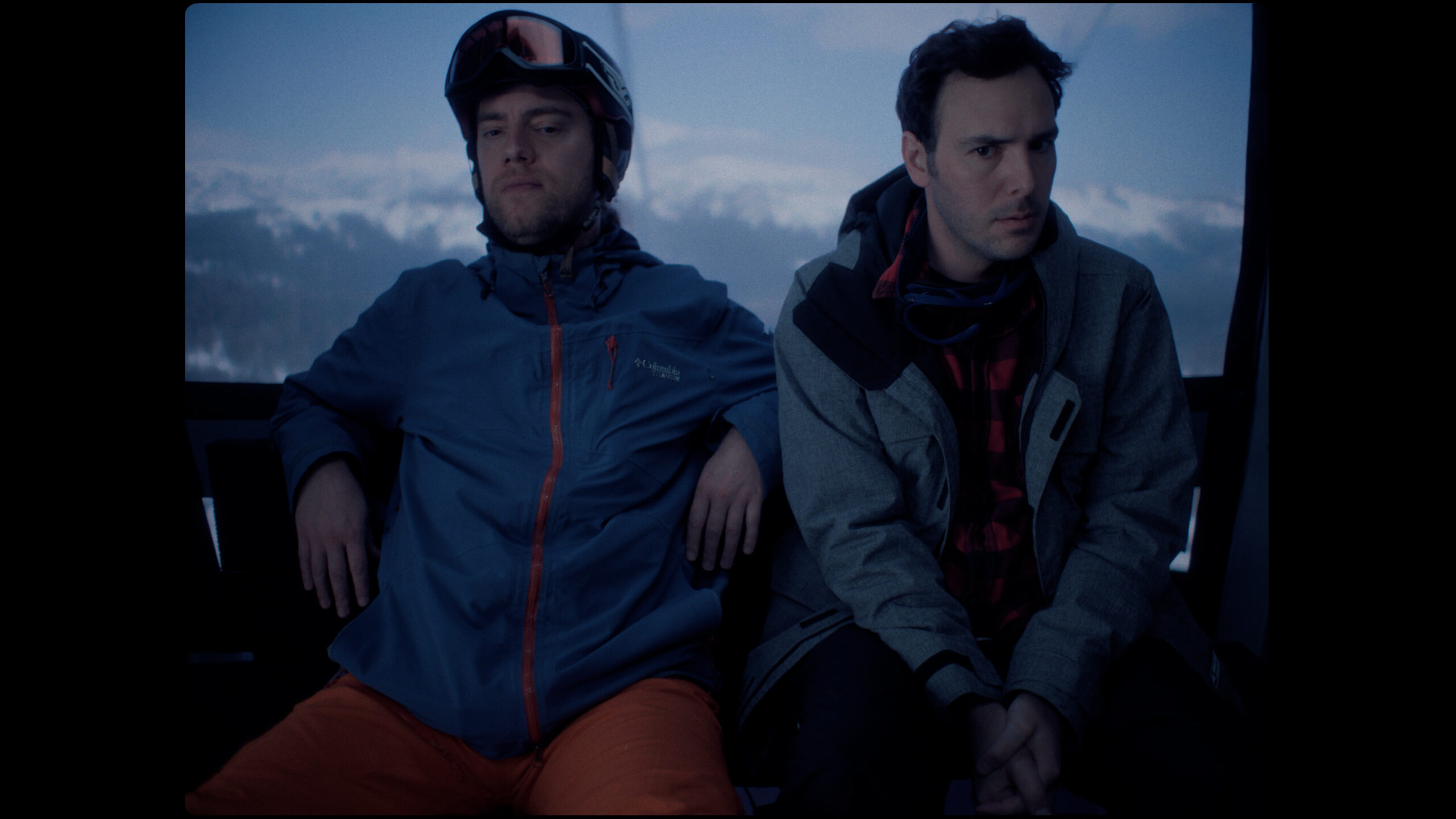
The Crew Behind /HAAW/
Producer Jon Salmon serves as the director of photography of the Tribeca short film. Marlon Savinelli serves as the gaffer.
Joey Scoma also serves as the editor.
Maxton Waller serves as the music composer. Kevin Senzaki serves as the sound designer.
Timothy Ciancio serves as the visual effects supervisor. Nate Holbrook and Scott Gawlik serve as the VFX artists.
Tomm Jacobsen serves as the production designer.
Mark Garbarino (A Nightmare on Elm Street 4: The Dream Master, A Nightmare on Elm Street: The Dream Child, Stephen King’s Rose Red, Snakes on a Plane, 300, The Cabin in the Woods, Avengers: Infinity War, Bones and All, Rebel Moon – Part One: A Child of Fire), Dave Snyder (Snakes on a Plane, Dead Silence), and Julia Hapney (V/H/S: Viral, Blink) serve as the special makeup effects artists.
The Cast of /HAAW/
Ben Gigli portrays Brett, the human protagonist of the Tribeca short.
Joey Scoma portrays Brett’s (human) companion.
Kelsey Gunn, Michael Rousselet, and Max Raths portray the mom, dad, and child(?) of the titular /HAAW/ family.
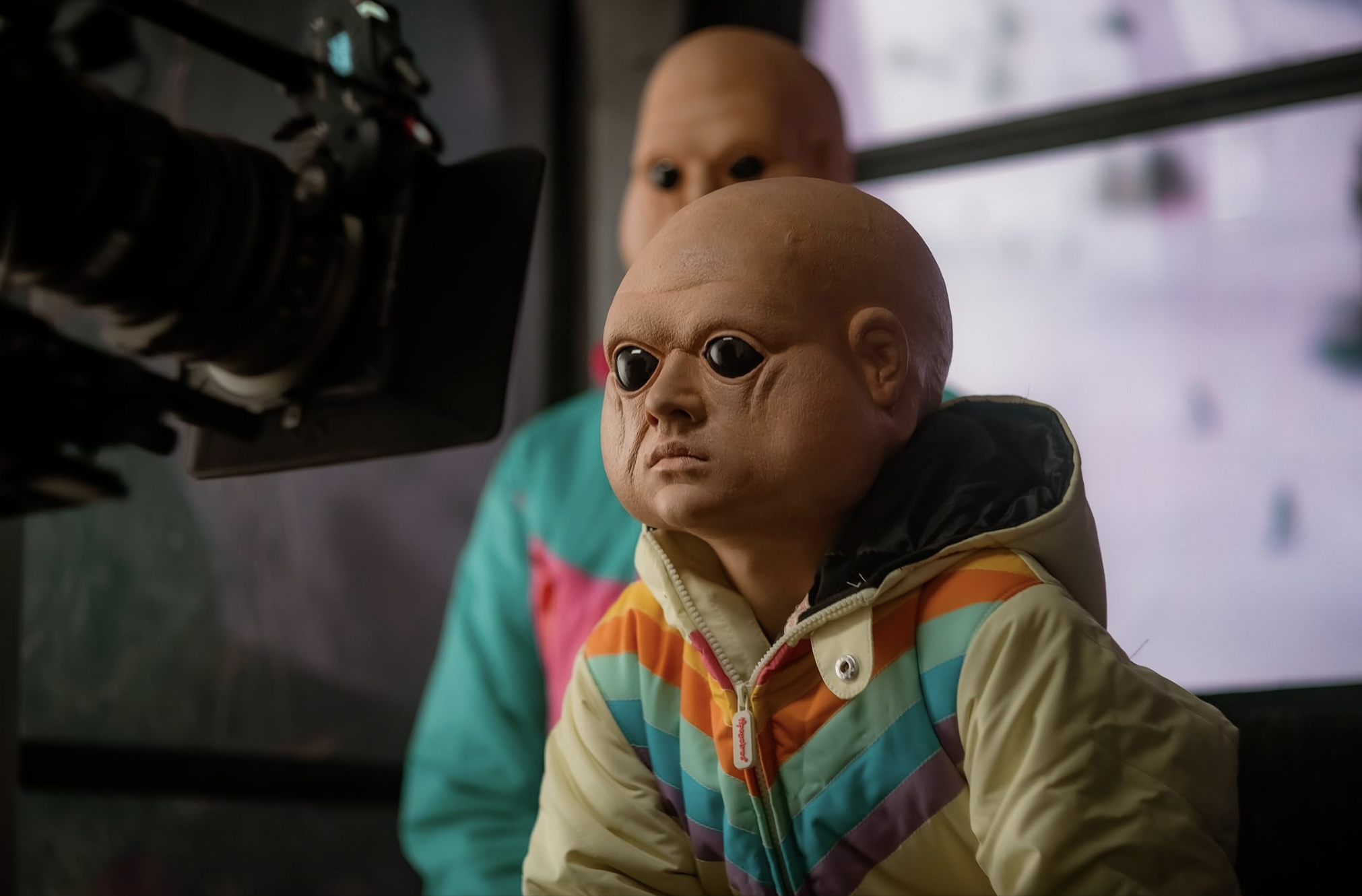
Character Developments and Performances
Gigli portrays the fool brilliantly. Brett represents the usual young person who fails to chuckle in silence. The actor knows when a moment requires idiocy and when a moment comes that must be petrified for his actions. I don’t find Brett to be an antagonist, but his means of getting in touch with the family are just wrong.
In comparison, Joey Scoma portrays the friend who tells the fool to be silent and serious. I wouldn’t necessarily say he is an outlier of Otherness and Sameness, but he merely does not participate in the discourse. Brett’s unnamed friend, then, does not have a role here except to prevent the main character from establishing communication. Honestly, it’s an interesting test to see if he, too, will conform to the system of joking around.
Final Thoughts on Joey Scoma’s Tribeca Short, /HAAW/
In its essence, Joey Scoma’s /HAAW/ is a psychedelic cross-genre narrative serving as a unique mechanism between sentient lifeforms. Like the cable car, on the outside, it looks simple and regular. However, on a deeper level, the filmmaker offers a complex relationship, begging viewers to ask, “Who is truly the foreigner here, and who is at home?” I argue that it is Brett who is a foreigner in this situation, but who knows? Others might dispute otherwise!
4.5/5 stars
Joey Scoma’s /HAAW/ is now playing at the Tribeca Film Festival!
For more comedy, horror, and science-fiction-related news and reviews, follow The Cinema Spot on Facebook, Twitter, Instagram, and Bluesky! Also, follow us on Letterboxd for further feature film, short film, and limited series reviews!
Managing editor & film and television critic with a Bachelor's of Arts in English Literature with a Writing Minor from the University of Guam. Currently in graduate school completing a Master's in English Literature.

